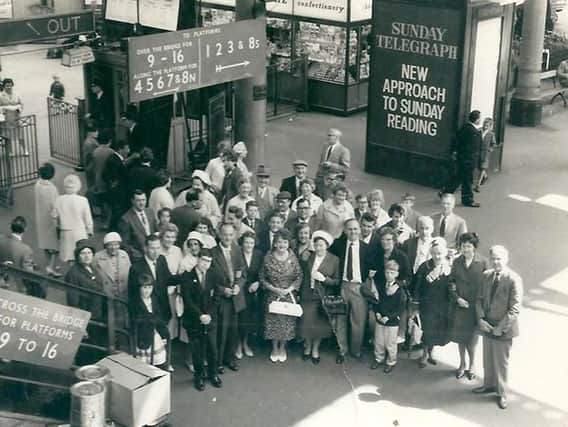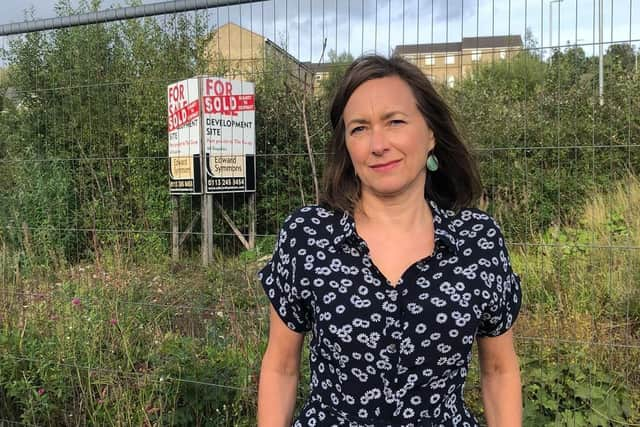Bailiff Bridge residents wanted to bring village heritage back to life


The project, led by Dr Lisa Taylor, Head of Media at Leeds Beckett University, and a former Bailiff Bridge resident, hopes to bring a new sense of community to the area.
Dr Taylor said: “From my own experience of growing up in Bailiff Bridge in the 1970s, there used to be a great sense of community through the shared experience of setting up life in the mill village and of making carpets. Clifton Mill was a central physical object for the people. My parents worked there, for Firth’s Carpets, for most of their working lives.”


Advertisement
Hide AdAdvertisement
Hide AdAfter more than a hundred years as the heart of Bailiff Bridge, Clifton Mill was demolished in 2002, leaving an empty space. To this day there remains a piece of spare land containing rubble and overgrown weeds where the site once stood.
Newcomers to the area may not be aware of the history of the village and the skills that are so central to their identity.
Dr Taylor explained: “My new project seeks to bring the community together to share memories, in particular, I am focusing on the way that workers in the factory used their hands to make carpets and to gesture and communicate in the mills.
“For newcomers to the village, it is a great opportunity to connect with the fascinating local history of Bailiff Bridge.
Advertisement
Hide AdAdvertisement
Hide Ad“I am keen to explore what happens to communities such as Bailiff Bridge when once thriving mills are closed down and demolished.
"There is a genuine sense of loss and mourning for those residents who lived in the village before and after the demolition of Clifton Mill.”
Dr Taylor is now seeking Bailiff Bridge residents, both new and old, and former Firth’s Carpets workers, to take part in socially-distanced, or telephone, interviews beginning in January 2021.
Following the interviews, Dr Taylor will hold workshops in small, socially-distanced, groups. Former factory workers will share how they used their hands in the factory, the gestures which were used to communicate in deafeningly noisy mills and the hand movements of carpet-making - the fine motor skills they used to handle the weight, feel and material of carpet at different stages of production.
Advertisement
Hide AdAdvertisement
Hide AdThe workshops will be led by Dr Taylor with Newcastle-based artist Catherine Bertola (also a former resident of Bailiff Bridge) – whose work aims to uncover forgotten and invisible histories of places and people, as a way of reframing and reconsidering the past – often with a focus on the historic role of women in society and labour.
Catherine Bertola will take photos of the newcomers and older residents, recreating the hand movements of the factory. Over summer 2021, a series of large-scale photos will be displayed on the fences around the undeveloped land where Clifton Mills stood.
Dr Taylor said: “The photos will re-value the collective skills of carpet-makers, so central to the identity of the people and sense of place in Bailiff Bridge.
“I hope that, through the project, older residents will begin to develop ties with newcomers to the village and we can begin to re-build the loss of community by bringing the site of the mill back to life with these public art works.”
Advertisement
Hide AdAdvertisement
Hide AdThe new project – which has been funded by the Independent Social Research Foundation (ISRF) - follows on from Lisa’s 2016 study, which brought together former Firth’s Carpet workers through ‘walk and talk’ interviews, to understand the impact of the demolition of the iconic Mill on the village and community.